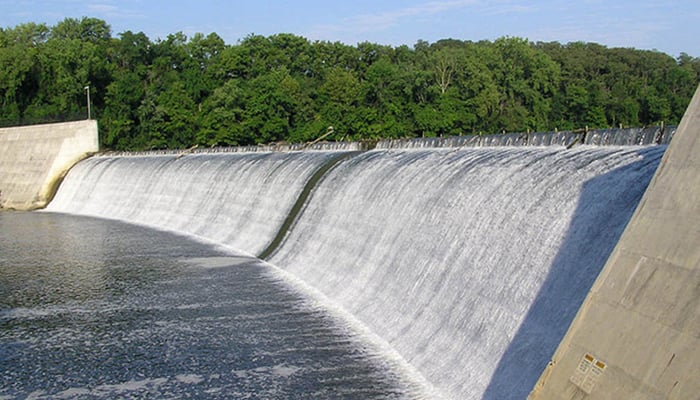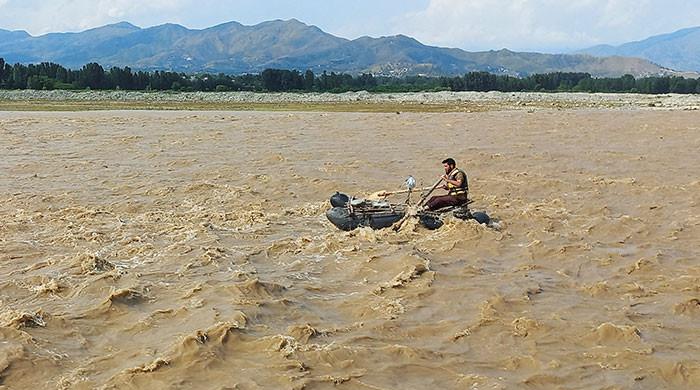Irsa releases full indented water shares amid increased river flows
Accumulative water deficit will now plummet below 20% from April 1 to June 30
May 05, 2025

- Irsa Advisory Committee scheduled to meet today.
- Skardu temperature rise improves water inflows.
- Water shortage was estimated to be at 43% in April.
ISLAMABAD: With a significant surge in water flows across all major rivers, the Indus River System Authority (Irsa) has begun releasing full irrigation supplies to all four provinces, eliminating water shortages.
The accumulative water deficit will now plummet below 20% from April 1 to June 30 this year, The News reported on Monday.
The Irsa Advisory Committee (IAC), scheduled to meet on Monday (today), will review the water situation and finalisation of anticipated water availability criteria for the balance period.
Chief Engineer Adviser to the Ministry of Water Resources, Member Water and Member Power Wapda, secretaries of Irrigation and Agriculture departments of the four provincial governments will attend the meeting.
“The water inflows have improved mainly because of a rise in temperature to 26.7 degrees in Skardu which is why we have started storing water in dams and so far 2.111 million acre-feet (MAF) of water has been stored. Sometime in May and June, there may be a dip in water inflows so the stored water will be used to irrigate the Kharif crops,” Khalid Idrees Rana, Irsa spokesman told The News.
“Since the water flows have increased to a reasonable level, Irsa started providing the indented supplies to all provinces from May 3. Right now, the demand of 84,100 cusecs per day from Punjab, 60,000 cusecs from Sindh, 2,000 cusecs from Khyber Pakhtunkhwa (KPK) and 1,000 cusecs from Balochistan is being fulfilled,” he said.
In Sindh, cotton sowing is over, but it is being sown in south Punjab. In May and June, other Kharif crops like rice — seedlings and sowing — will start and then water for sugarcane will start.
Earlier for the month of April, water shortage was estimated at 43% which was reduced to 27% on April 22 and it was further reduced to 22% on April 28. “Now the accumulative water deficit may reduce to below 20% after the IAC meeting.”
When asked why water flows in the Chenab River massively reduced to 35,600 cusecs from 66,500 cuces in one day (May 3-May 4), the spokesman said water flows increased in Chenab because of the flood-like situation and now they have become normal after the flood receded.
The PTI (Press Trust of India), however, reported that water flows in Chenab River nosedived on May 4 as Indian authorities filled a storage of Baglihar project. But water data says the normal flows remained above 30,000 cusecs per day.
According to the water data as of May 4, the water flows in the Indus at Terbal have increased to 91,500 cusecs, in Kabul to 35,900 cusecs, in Jehlum at Mangla to 44,300 cusecs and in Chenab at Marala the flows dipped to normal 35,600 after 66,500 cusecs in one day.











